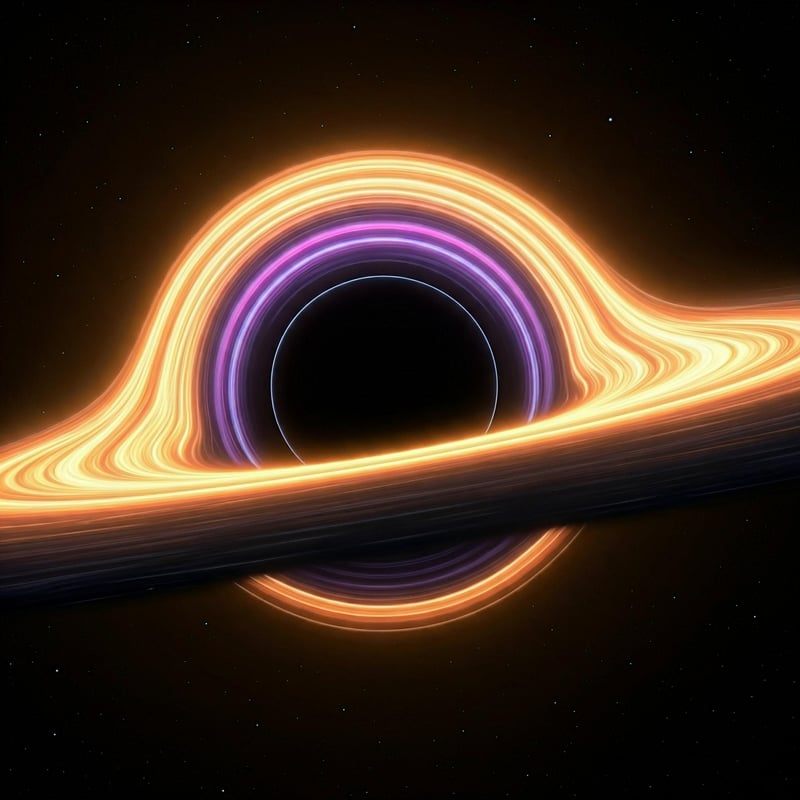Time Dilation
The Fascinating World of Bending Spacetime and Time Dilation
Have you ever wondered about the mind-bending concepts of bending spacetime and time dilation? These ideas, often found in science fiction, are actually real phenomena predicted by Einstein's theory of relativity. Let's delve into the intriguing world of spacetime curvature and time dilation.
Understanding Spacetime Curvature
According to Einstein's general theory of relativity, massive objects like planets and stars can bend the fabric of spacetime around them. Imagine placing a heavy ball on a stretched rubber sheet – it creates a dip in the sheet, causing smaller objects to move towards it. This analogy helps us visualize how massive objects warp spacetime, affecting the motion of other objects around them.

Time Dilation: A Consequence of Relativity
Time dilation is another intriguing concept arising from Einstein's theory of relativity. It suggests that time passes differently for objects in motion relative to each other. The closer an object is to a massive body, the slower time moves for it compared to a distant observer. This phenomenon has been experimentally confirmed and plays a crucial role in modern physics.

Applications in Space Exploration
Understanding spacetime curvature and time dilation is not just theoretical – it has practical implications, especially in space exploration. Scientists and engineers must account for these effects when designing missions involving high speeds or strong gravitational fields. Failure to consider these factors could lead to inaccuracies in navigation and communication.
Conclusion
The concepts of bending spacetime and time dilation may seem like science fiction, but they are fundamental aspects of modern physics. By exploring these phenomena, we gain a deeper understanding of the universe and how it operates. So, the next time you ponder the mysteries of time and space, remember that Einstein's theories have paved the way for such captivating revelations.
